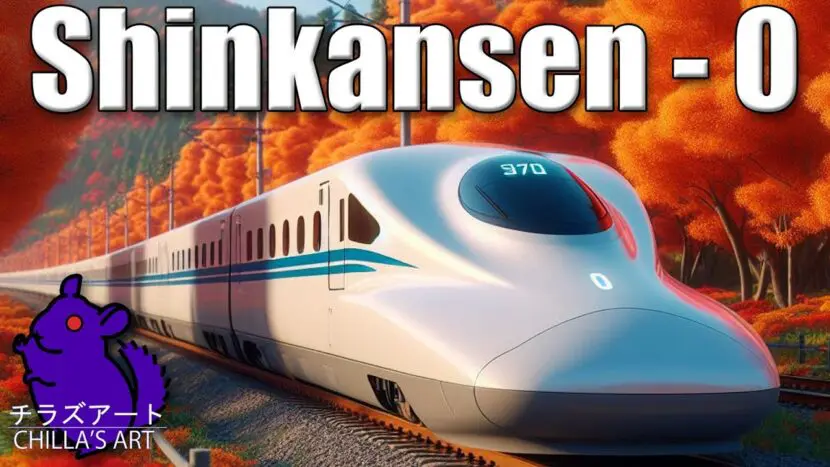Discover the legacy of the Shinkansen 0 Series—the world’s first bullet train. Explore its key features, design impact, and system specs for simulators.

| Date | 2025-06-11 06:24:17 |
| Filesize | 2.20 GB |
| Visits | 145 |
The Shinkansen 0 Series was the world’s first high-speed train, introduced by Japan National Railways (JNR) in 1964. Coinciding with the Tokyo Olympics, it marked the birth of modern rail transport and became a symbol of Japan’s technological progress.
Running initially on the Tokaido Shinkansen line, the 0 Series could reach speeds of up to 210 km/h (130 mph)—unheard of at the time. This train not only shortened travel times dramatically between Tokyo and Osaka but also set global standards for safety, efficiency, and passenger comfort.
With its iconic bullet-shaped nose, white-and-blue livery, and futuristic design, the Shinkansen 0 became an international icon of modern engineering and public transport innovation.
Launched in 1964, the 0 Series was the first train to offer sustained speeds over 200 km/h, forever changing rail travel.
The streamlined “bullet” shape minimized air resistance and noise, inspiring the nickname “bullet train” and improving energy efficiency.
Trains were designed with 12 to 16 cars, accommodating up to 1,340 passengers, ideal for Japan's dense population and busy travel routes.
The 0 Series featured multiple powered axles, distributed traction motors, and advanced braking systems, setting new benchmarks in train technology.
Shinkansen operations became famous for incredible punctuality, with average delays measured in seconds per year.
Beyond transport, the Shinkansen 0 became a symbol of post-war Japanese progress and has been featured in countless documentaries, films, and exhibitions.
OS: Windows 10 or 11 (64-bit)
Processor: Intel Core i7 / AMD Ryzen 5 3600
RAM: 16 GB
Graphics: NVIDIA GeForce GTX 1060 or better
Storage: SSD with 40 GB free space
Sound: DirectX-compatible sound card